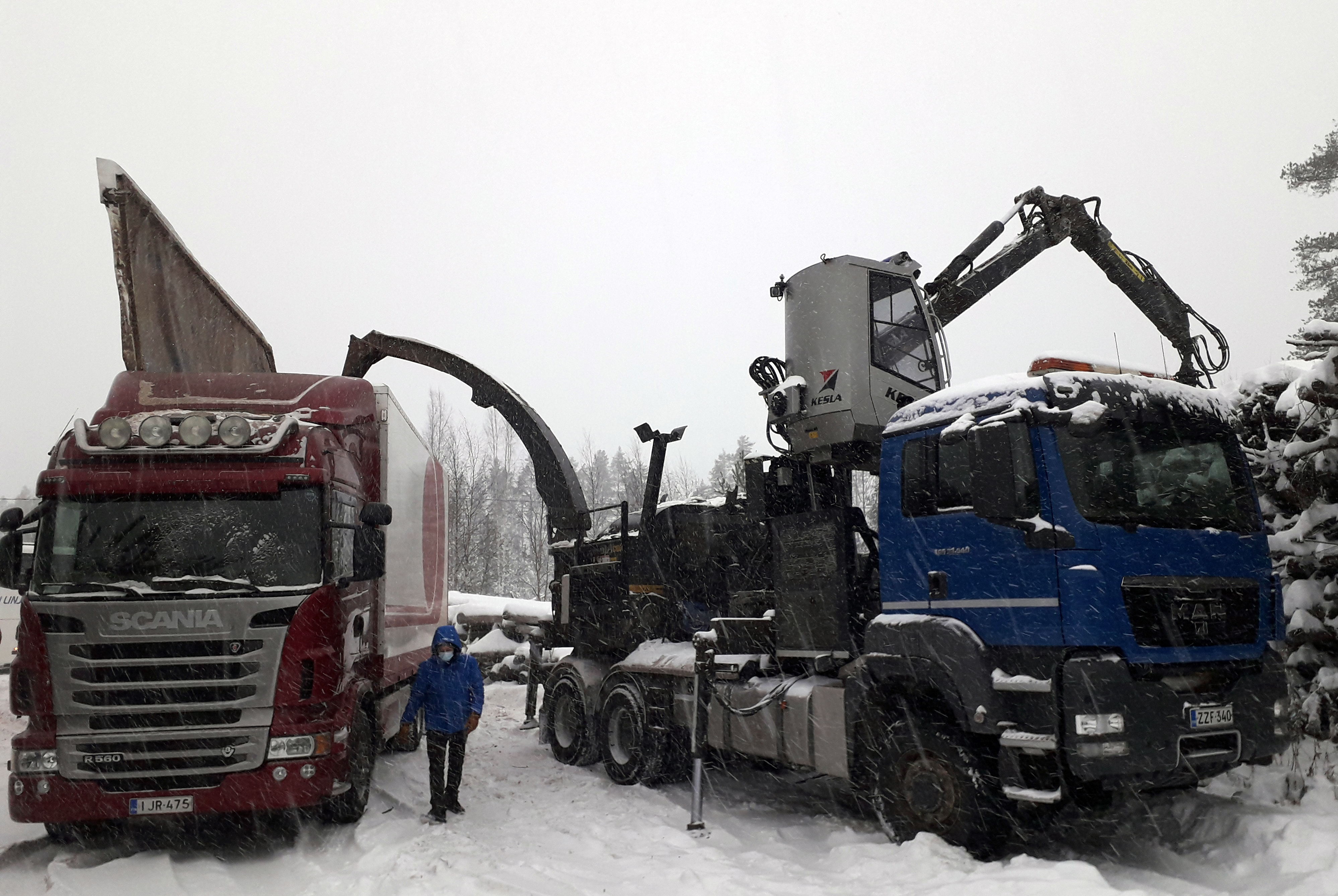The NFU is acutely aware that, as custodians of land, farmers are going to be at the heart of the journey towards net Zero, and we are determined that the guidance, policies and technologies you need will be there for you.
An important part of this process is not reinventing the wheel but learning from others, which is why I have been involved in an Interreg project led by Devon County Council looking at renewable energy production on farms.
You might not have heard of ‘Interreg’ before, but it stands for interregional co-operation and has been around for a little while. It involves regions from across the EU coming together to tackle a common problem and learn from each other (this project commenced before we left the EU).
Increasing renewable energy production
It is like a discussion group but over a larger area and the project I have been part of includes people from regions in Finland, Poland, Romania, Spain, Italy – and of course Devon!
Part of the project is visiting other regions to see first-hand what they are doing to increase renewable energy production, and see what knowledge can be gleaned.
With this in mind I joined an NFU member from Dartmoor and the project lead from Devon County Council to visit Finland recently.
We travelled to a town called Joensuu in North Karelia, which is about a quarter of the way up Finland, next to the Russian border, a four-and-a-half hour train journey from Helsinki. I can highly recommend the Finish train system – good value, comfortable and on time!
Our first day revolved around forestry (there are a lot of trees in that part of Finland) and a district heating system that supplies heat to houses and businesses in a small town via a 2MW woodchip boiler.
Interestingly, the woodchip – from wood that wasn’t suitable for other uses – was supplied via a co-operative that included forestry owners. Across Devon and the wider South West there is a large amount of biomass (small woodlands, forestry plantations, hedgerows) that could be used for heat production, but the challenge is how to aggregate this, so it is viable financially. A co-operative model including landowners and those that need the woodchip may be a solution.
On our second day we visited a 700ha mixed farm that had also diversified into tourism. The farm was not typical for the area, firstly for its scale (average farm size is 51ha), but also because it owned a former agricultural college that was next door; not many farms have a lecture theatre for a meeting room!
The main enterprise we looked at was the organic dairy herd (everything else was under a few feet of snow).
The herd was housed in cubicles, on slats and fed via a central conveyor on a TMR diet (grass silage with peas and beans being the protein proportion).
Making better use of biomass
The herd is milked via DeLaval robots (50% of herds are robot milked in Finland), with a staff of three looking after the 150 herd, plus followers. They are part of a farmer owned co-op and supply a local cheese factory with the current organic milk price being 48c (41pp).
Chatting to the owner it was clear they have some similar challenges to us with access to labour and a lot of misunderstanding from the public around dairy and livestock production. On our long journey home, we discussed what we had seen and what it meant for an area like Devon, focussing on making better use of biomass.
We know that large areas of our woodland are not in active management as it’s not financially viable, so if we can develop a market this will offer opportunities to members in the future. We will work with Devon County Council to see how this can be developed with other partners.
• More information at: www.interregeurope.eu/agrores
